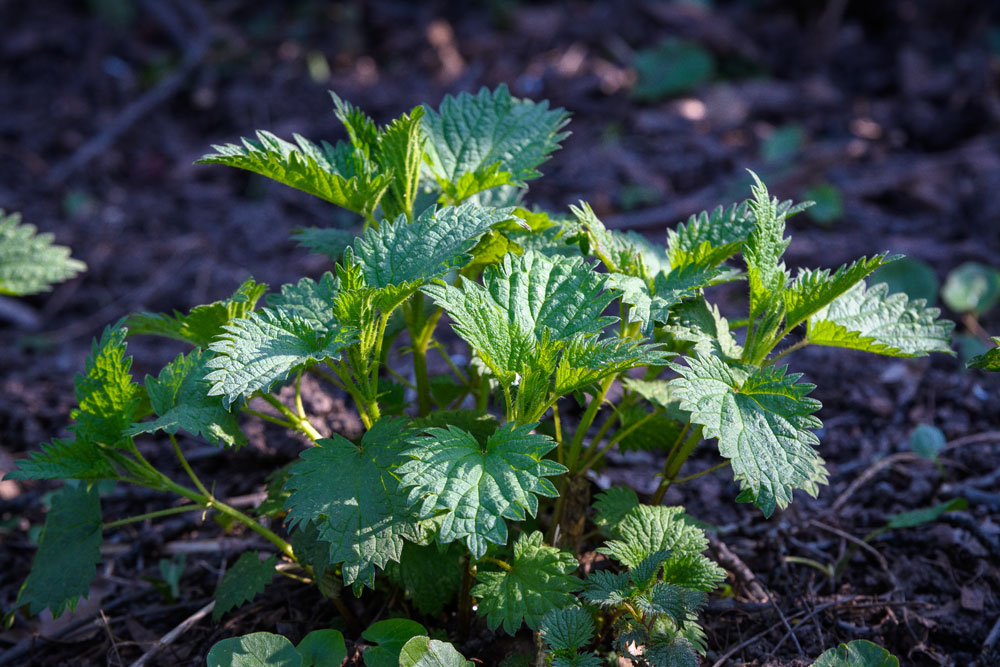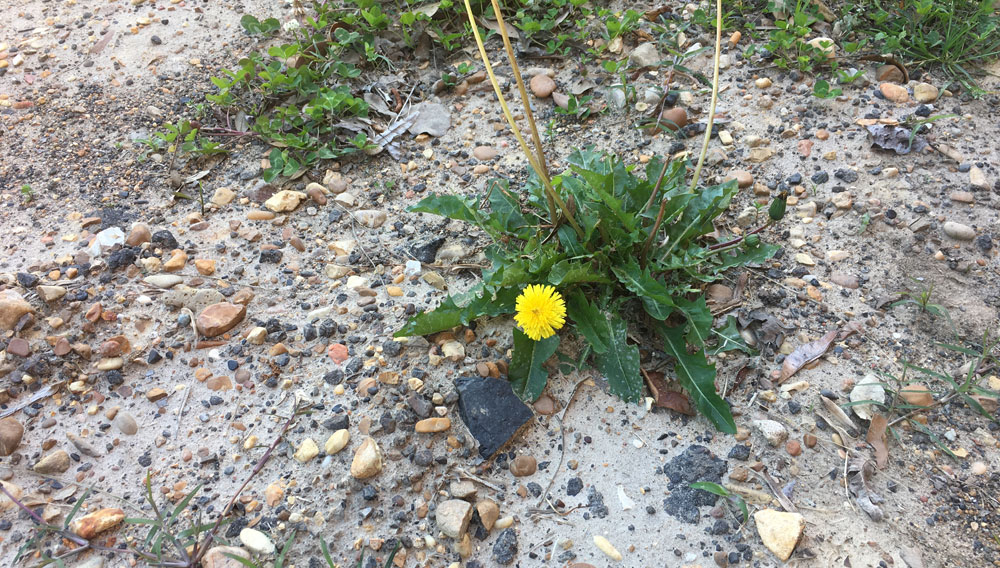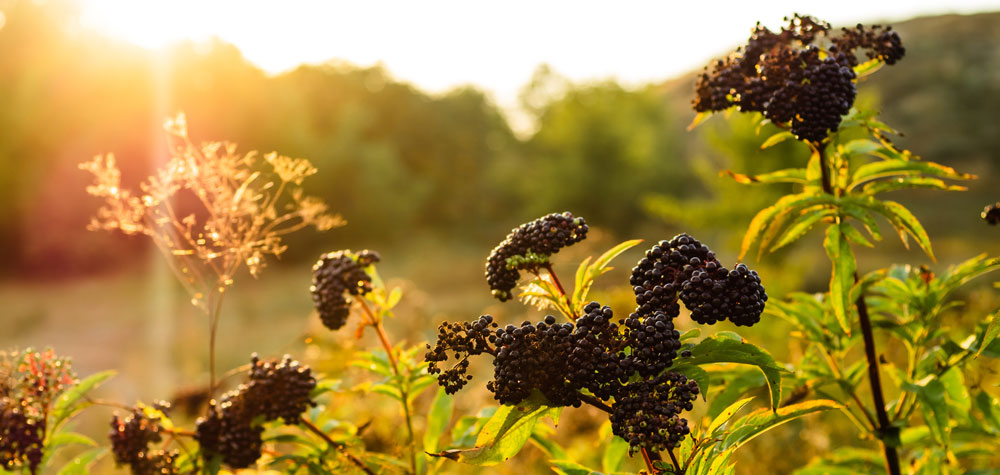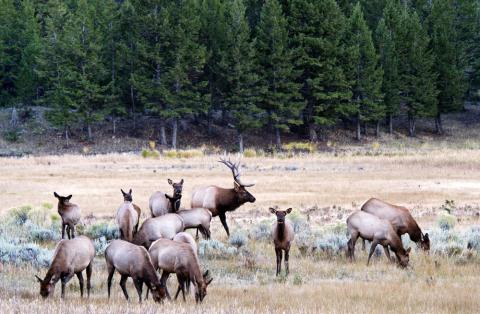Whether you are lost in the wilderness or enjoy cooking with new, wild ingredients, identifying edible plants is an important skill for any outdoorsman. There are hundreds of delicious and nutritious botanicals that grow throughout the country, but there are also many species that can be harmful or even fatal if ingested.
Identifying Toxic Plants
Identifying plants with any certainty can be challenging. When in doubt, there are some simple characteristics that can indicate whether a plant is poisonous, including:
- Milky white sap
- Thorns, spines, or fine hairs on the leaves or stems
- Pods with bulbs, beans, or seeds
- Stems or trunks that have an almond scent
- Three-leaved foliage growth
- Pink, purple, or black spurs on the grain head
- Foliage reminiscent of dill, parsley, or carrot fronds
- Intensely bitter or soapy flavor
Many toxic plants exhibit one or more of these characteristics. However, there are also several edible wild plants that have similar distinguishing features and are nutrient-rich and delicious forest floor foods to enjoy on your outdoor adventures.
Top 7 Edible Wild Plants
1. Dandelion
Known as a ubiquitous weed worldwide, dandelion has been a staple part of many food cultures for millennia, as all parts of the plant, at every stage of its lifecycle, are edible. Dandelion is rich in vitamins A, B, and C, and it contains high levels of magnesium and iron.
Part of the sunflower family, dandelion can be identified by its smooth and hairless leaves with toothed edges. The stems are hollow and lead directly to an expansive rootstock. Pick the leaves in early spring when they are most tender and nutritious, and harvest the bright yellow buds just before they flower, as they can quickly go to seed.
2. Asparagus
Spring and fall are typically the best times to go foraging for food, and one of the plants you are likely to come across is asparagus. Wild asparagus grows abundantly in the spring along sunny roadsides and irrigation ditches in loose, sandy soil. It is a perennial plant that continues to produce new growth each year, so, if you locate a good asparagus crop, remember to revisit your route the following spring.
You can identify wild asparagus patches in the fall by their bright yellow or orange stems and a scattering of berries underneath the bushy growth. Mark the spot and return in the spring to harvest the tender green stems. Look for stems with a white base and a tightly formed crown with a slight purple color.

3. Nettle
One of the most nutritionally valuable wild plants around, stinging nettle has a rich, mineral flavor that makes it a delicious substitute for spinach or kale. Nettle plants grow to approximately three feet tall and have dark green opposite-growing toothed leaves. Small hairs grow on the underside of nettle leaves and can deliver a sharp sting to unwary foragers not wearing gloves. You can find nettle growing rampantly along river beds in partially shaded areas.
You can eat the nettle leaves fresh in salads if you pick them young, as they will not have the same stinging ability as mature plants. Otherwise, you can neutralize the stinging sensation and mildly bitter flavor by steaming, sauteing, or boiling the leaves to use in pies, casseroles, stir-fries, and pasta. You can also dry the leaves and store them for winter medicinal use as a tea.
4. Garlic Mustard
Garlic mustard is an invasive weed that has infiltrated almost all areas of Europe and North America, and it is reviled by gardeners and forest rangers for devastating the botanical biodiversity of many areas. Seeds won’t sprout when planted where it grows. Fortunately for opportunistic foragers, it is as tasty as it is destructive.
Garlic mustard is easy to distinguish for its slightly rounded, serrated leaf edge, pronounced veining, and deep green hue. Look for a squat bushy herb on the forest floor in early spring, and keep in mind that garlic mustard plants also send up long, flowering stems with tiny, white four-petal buds. Garlic mustard has a distinctive appearance, but, if you’re unsure about your identification of the plant, crush a leaf or two in your hands to release the characteristic garlicky aroma.
5. Elderberry
Elderberries have been used for centuries in brewing and wine-making due to their musky aroma. They also have powerful medicinal properties, as they are high in vitamin C, antioxidants, and flavonols.
However, it is important to identify the plant correctly, as they have a similar appearance to deadly water hemlock. Only the flowers and berries of the elderberry plant can be eaten; the rest of the plant is toxic.
Elderberries grow in moist forest habitats, and the dense bushes can grow up to 12 feet tall. The stems are brown and woody, with a bark-like appearance near the base of the bush. The leaves are light green and have an elongated shape and serrated edges that grow in an opposite pattern.
You can distinguish flowering elderberry plants by their clusters of 5-petal, white flowers that grow from light green stems. In the summer, the dark purple berries form an umbrella-shaped cluster of 10-20 fruits, with each berry about ¼” in diameter.
Use the berries and flowers to make cordial, infusions, or tea, or bake them into cookies, cakes, and pies.
6. Wild Raspberry
One of the most delicious wild plants you can find is a raspberry. Available in a wider variety of colors than their domestic cousins, wild raspberries grow abundantly in woodland areas, and the edible fruits emerge during the late summer months.
Raspberries are differentiated from blackberries (also edible!) by their hollow-cored fruit and strong, vertical canes that have small to medium densely clustered thorns. Look for light-green, spade-shaped leaves that are serrated and more slender than those of a blackberry bush.
Wash the berries and enjoy them raw to get the most nutrition from the plant, or incorporate them into your favorite baking recipes for added tartness.
7. Curled Dock
Found throughout Australia, Europe, and North and South America, young curled dock is characterized by its wavy, elongated bright green leaves which have a slightly sour taste when eaten raw.
The mature plant displays tightly clustered flower heads that change from green to reddish-brown throughout the pollination season and long, reddish stalks that are also edible. Be sure to remove the tough outer layer of the stalk and boil two to three times, changing the water between boils, to eliminate the bitter taste.
Foraging is a wonderful way to explore nature, conserve ecosystems, and enrich your diet, but it is vital to know which plants are edible and which plants will send you to the emergency room. If you are a beginner, it’s best to start foraging under the guidance of an experienced outdoorsman with extensive knowledge of local plant life. And, if in doubt, let the plant be and raid your garden instead.





























